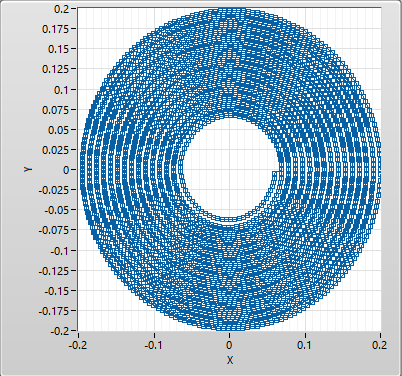Working visit to Nicolaus Copernicus University
The working visit's main purpose was to measure the pupillary light reflex in response to strong infrared light. Several new developments have taken place. A new method for processing the pupil images was implemented. The whole team met and discussed in detail present challenges and ways to tackle them. The need to work on elucidating the mechanism of the infra-red vision itself was discussed. Competing hypotheses include second harmonic generation, two-photon absorption, and excited-state absorption. Approaches to prove/disprove the aforementioned hypotheses were devised.
The setup has been rebuilt to enable a measurement scheme based on stimulating one eye and observing the pupil contraction in the other. Together with impeding the accommodation of the stimulated with the use of tropicamide, it allows separating the intensity-related pupil reflex from parasitic accommodation reflex. Preliminary results show consistently smaller pupil contraction, supporting the soundness of the concept. Further work needs to be done before any quantitative results can be obtained.
Another experiment was performed in order to check for the unwanted spectral broadening of the pulses in the delivery fiber. Unfortunately, results show significant broadening even at relatively low power settings. The work towards averting this problem will be carried out in concert with devising solutions for controllable temporal properties of the pulses.
Visitor
Piotr Ciąćka
Dates
Sept. 17-19, 2018
Location
Nicolaus Copernicus University, Toruń



